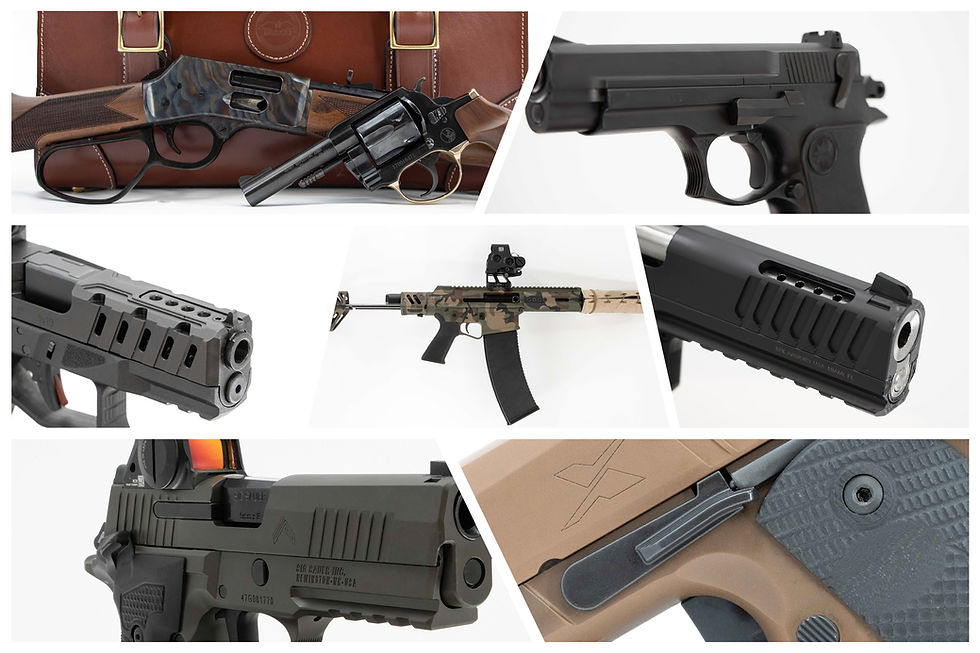The ATF Change Everyone Feared
- Graham Baates

- Jun 14, 2022
- 2 min read
I just sat through the ATF's webinar about all of the changes going into effect in August 2022. These include changes to what is a "frame" or "receiver" and had us all rightfully concerned when first announced. There was a lot of sensational talk which we do not like to participate in. We prefer to wait until actual guidance comes out before discussing.
I am not an attorney, nor an FFL holder (thankfully), but would like to cover some of my notes on how these changes will impact consumers. It's a giant mess on the FFL side, but since there are more consumers than FFLs that's what I'll cover. The complete brief can be found online here for your own interpretations and questions.
What About AR Receivers? There was concern that the new ruling would define both AR upper and lower receivers as firearms. This comes from the fact that the classic definition of a receiver includes a part that houses the hammer, trigger, or bolt. On an AR the lower houses the hammer and trigger, the upper the bolt. According to the briefing ARs will remain as they were, only the lower receiver is the firearm. For anyone with an FFL, the assembly of an upper to a lower, or changing the upper may constitute "manufacturing" and require a different level of FFL as well as new markings. For consumers there is no change. Buy and swap uppers as you like.
What About 80% Receivers? "80%" has never officially been a policy, it was a marketing term that has sort of been used as common law. The new guidance from the ATF regards whether or not something can be easily and readily completed. As a result, the classic "80%" receivers remain as they were and are not firearms. However, if an 80% is sold with the jig and tools or parts for completion it is then considered and firearm and must follow all regulations regarding. The fear that a solid block of aluminum, steel, or plastic would be considered a firearm has been dispelled as even unfinished receiver forgings are still not considered a firearm. Logic says that if you purchase an 80% receiver in one transaction, then the jig, etc in another transaction, you have not purchased a "firearm".
What's New for Personally Manufactured Firearms (PMF)? These are still fully legal for personal use as they always have been. The changes comes if one is ever sold (and keep in mind that if you build guns from scratch and sell them as a business, you need an FFL). Transferring a PMF requires it to go to an FFL who then must mark it and create a serial number for it. That serial number must be an embedded metal plate if the receiver is polymer.
So What's the Big Deal? For most consumers this means little-to-no change. For FFLs however there are many changes that will complicate things. Gunsmiths and shops that do coatings and paint jobs may also have some changes. Those changes may be felt at the consumer level in the form of increased cost for customized firearms or having custom work done to a firearm. For more information see the link at the beginning of the article.








Good because I already have 5 builds, or "Ghost Guns," that just fly under the radar I guess. Trying to sell one directly to my FFL makes things complicated.....like you said.